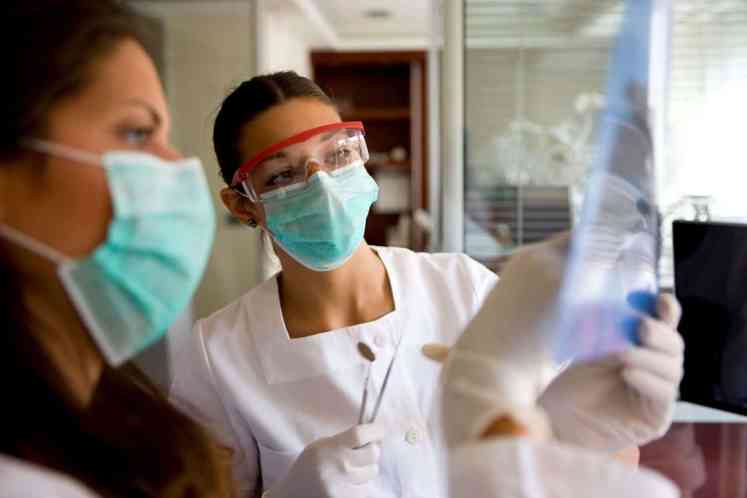
With its cutting-edge content, easy to grasp writing style, and top-notch art program, it’s no wonder that Modern Dental Assisting (MDA) is the most trusted title in dental assisting education. Educators can benefit from the abundance of helpful learning features as well as the robust collection of intuitive instructional tools included with every adoption, including the latest 13th edition co-authored by Debbie Robinson, CDA, MS, and research assistant professor at Gilling’s School of Global Public Health.
In this Q&A, she shares her insights into what to expect from the 13th edition of Modern Dental Assisting and tips from her own experiences.
As former director of Dental Assisting and Dental Assisting Specialty Programs, how have you seen the field of dental assisting change over the years?
During my period as the director of a dental assisting and specialty programs, the profession of dental assisting focused on “four-handed dentistry” and expanded functions in a team-oriented environment. Today’s credentialed dental assistant has evolved as a critical part of the dental team with advanced knowledge in technology and clinical skills, which has led to an increased role in patient care.
What technological advancements have been made in dental assisting that students should focus on?
The advanced technology that is changing the role of the dental team includes: digital radiology, computer generated dentistry (CAD-CAM), laser dentistry, orthodontic aligners, 3D digital dentistry, tele-dentistry, and automated scheduling.
How should students seeking a career in dental assisting make sure they’re ready for clinical practice?
A student must follow a strategic path in their education to prepare for a clinical profession. First, it is imperative to comprehend a skill, then practice the skill, be evaluated on both the practice and knowledge, and then finally continue to work towards competency in their respective dental setting.
As a student mentor, what advice would you want students in dental assisting to keep in mind?
This has always been a role dear to my heart. I have been fortunate to work with students from their initial entry into their education to students completing their graduate and doctoral degrees. My advice to every student is that your profession will be ever changing, and it is important to be engaged in a practice that is supportive of an evolving position.
What are some things you’ve learned working in clinical research that have carried over to your book?
Most instrumental attributes of research carries over into MDA. Examples include providing a detailed knowledge of a subject for efficient learning; delivering the basic and expanded contents of a subject; creating curiosity for a subject or skill; and following through with supplementary knowledge and instruction.
Why was it important to add information on cultural diversity in this edition?
It is imperative that MDA exemplifies inclusivity when providing care in the dental setting to an increasingly diverse population, whether that be based on race, ethnicity, age, ability, language, nationality, socioeconomic status, gender, religion, or sexual orientation.
How can students and faculty benefit from the integration of e-products with the book content?
The use of e-learning is just as valuable for students as it is for educators. The e-products with MDA provide flexible learning, enhanced instructor / student time, reduced cost in transportation for instructor / student, and individual self-pacing through a course/curriculum.